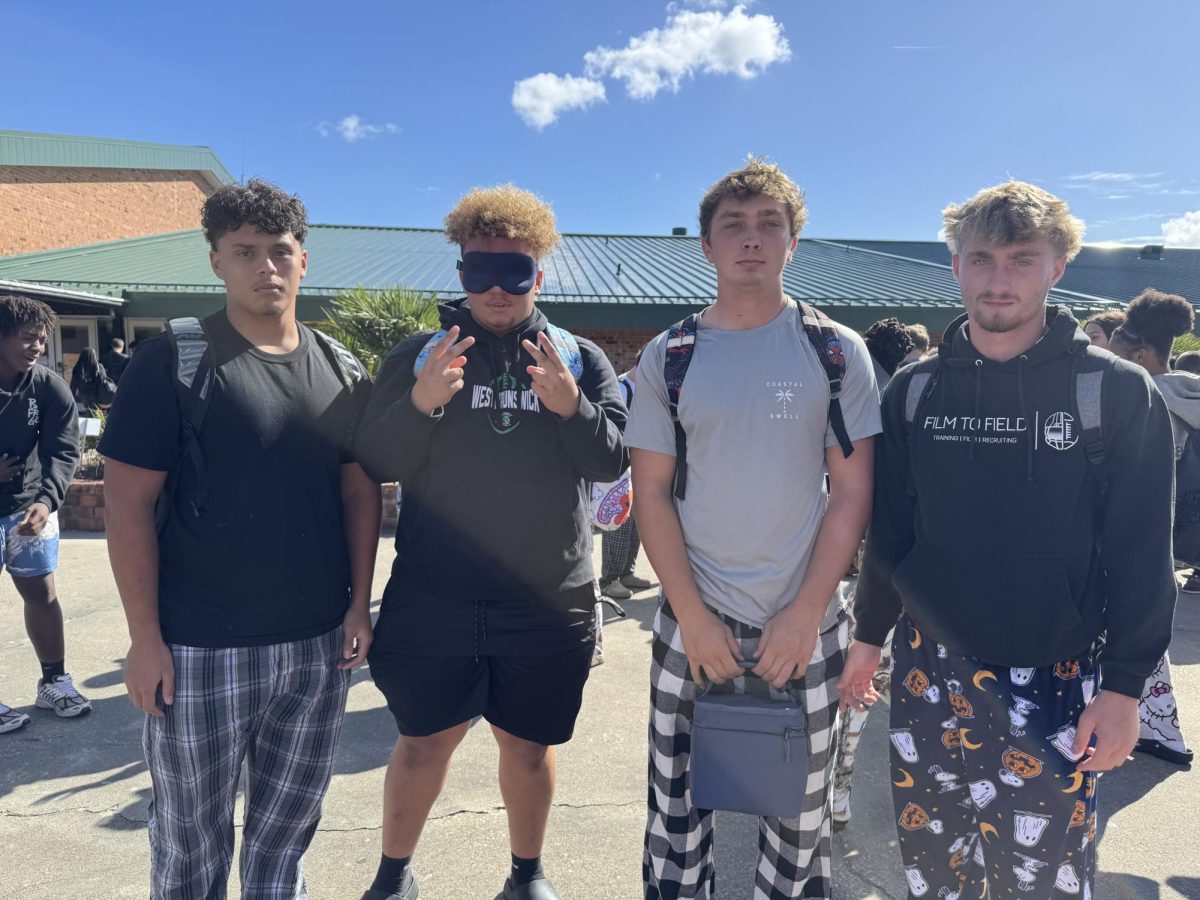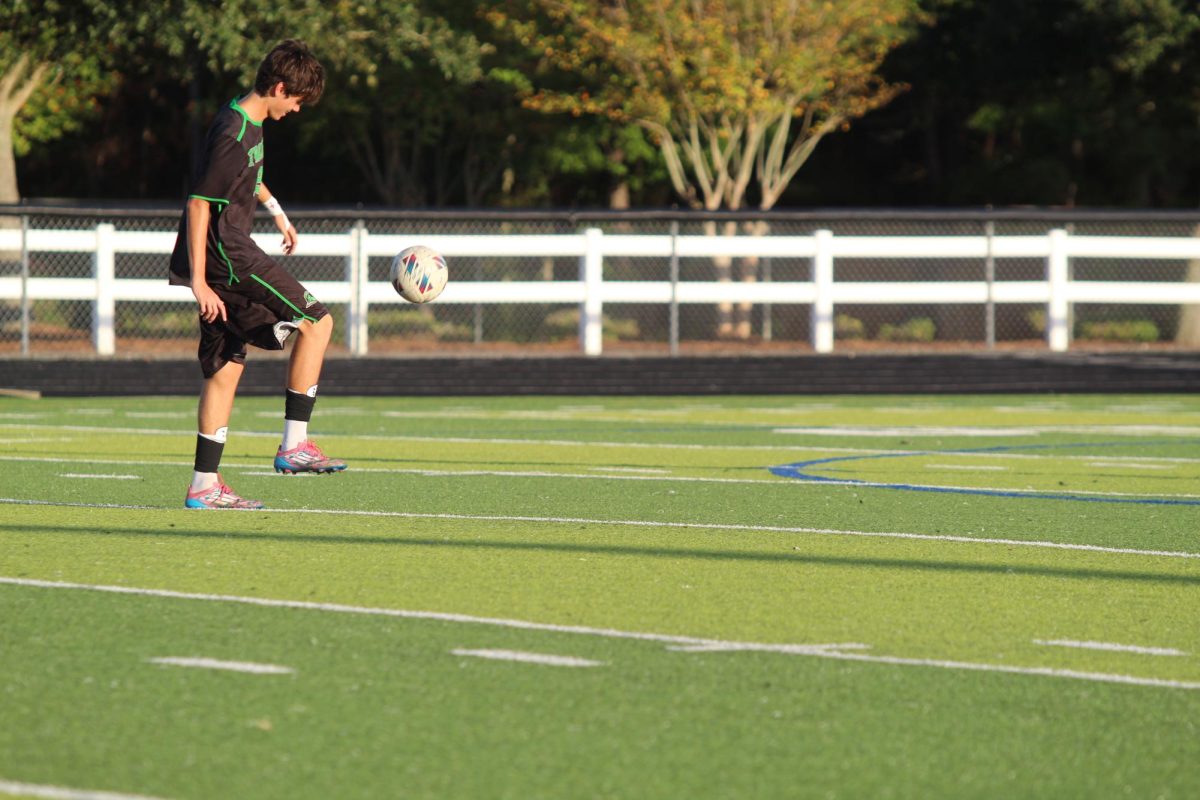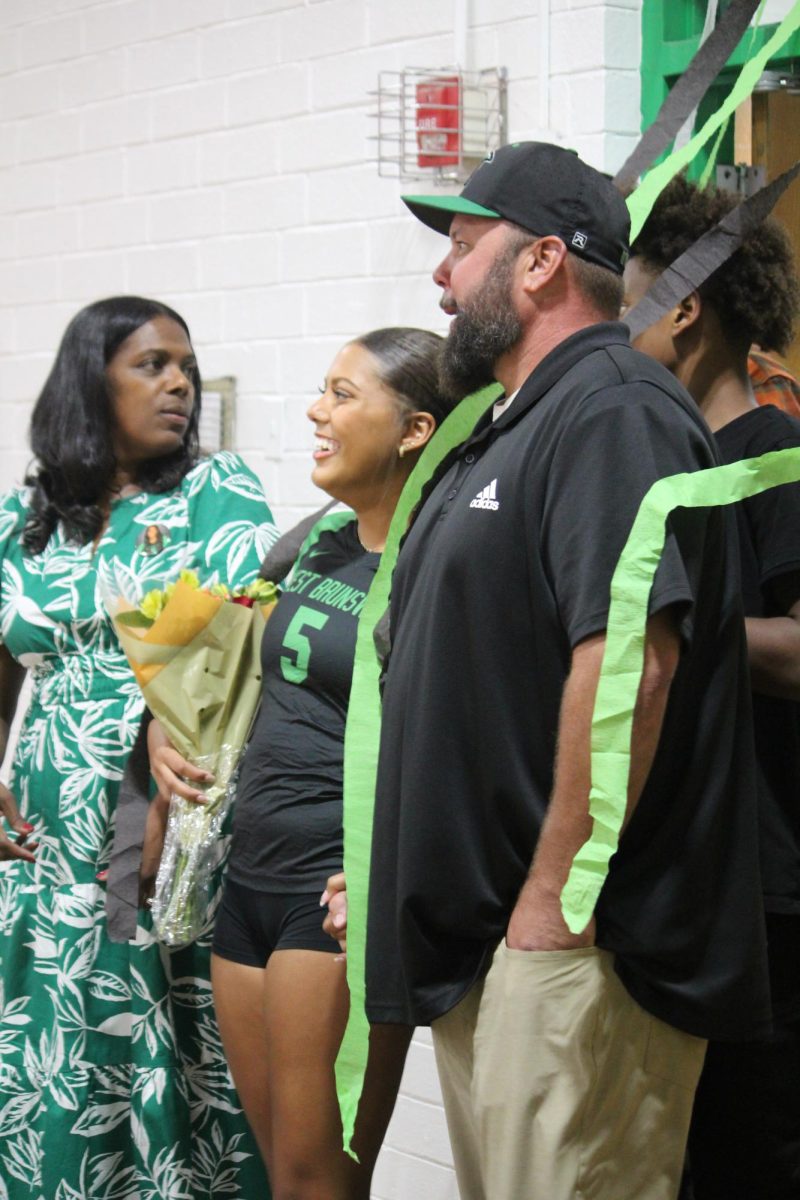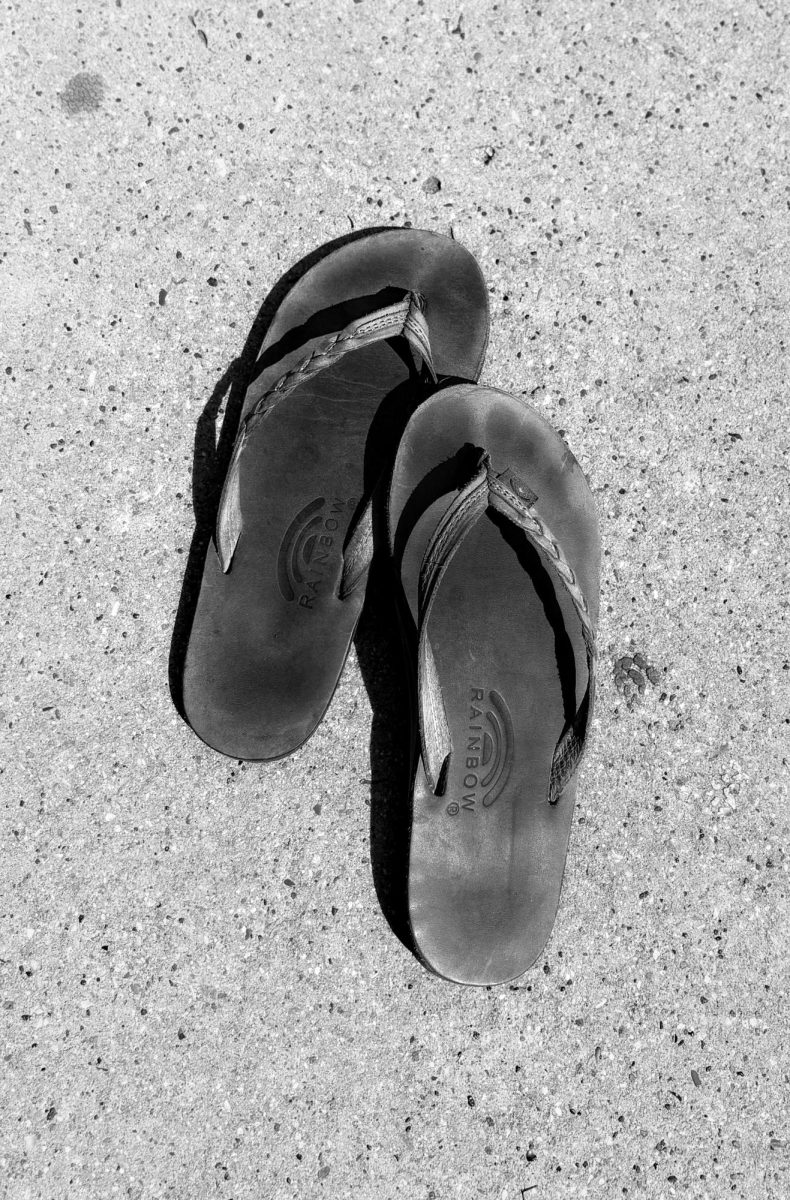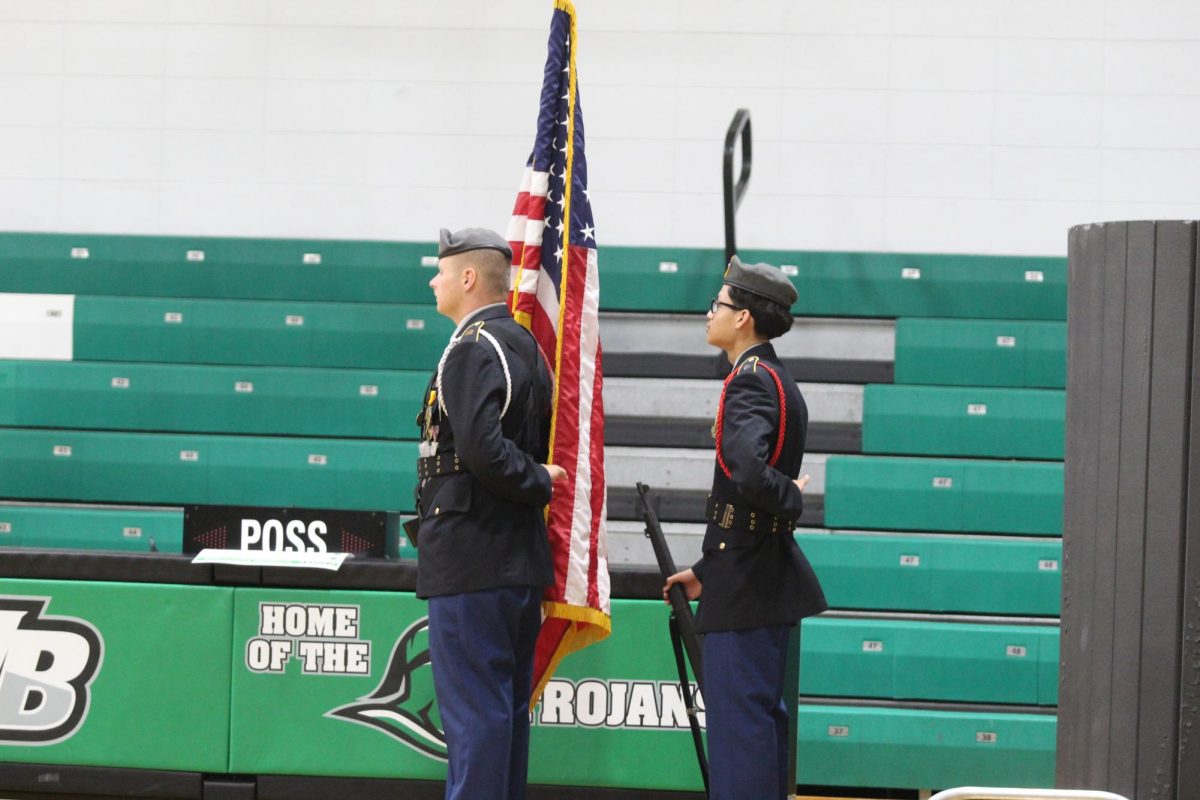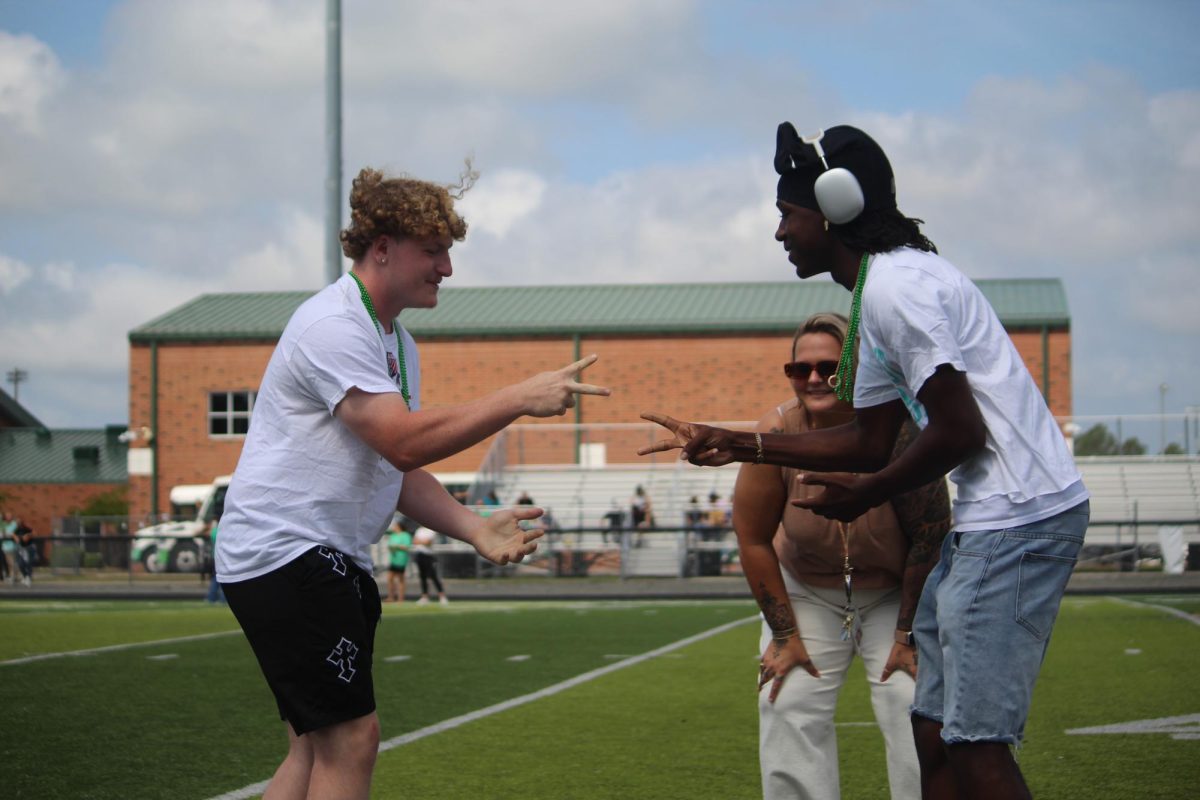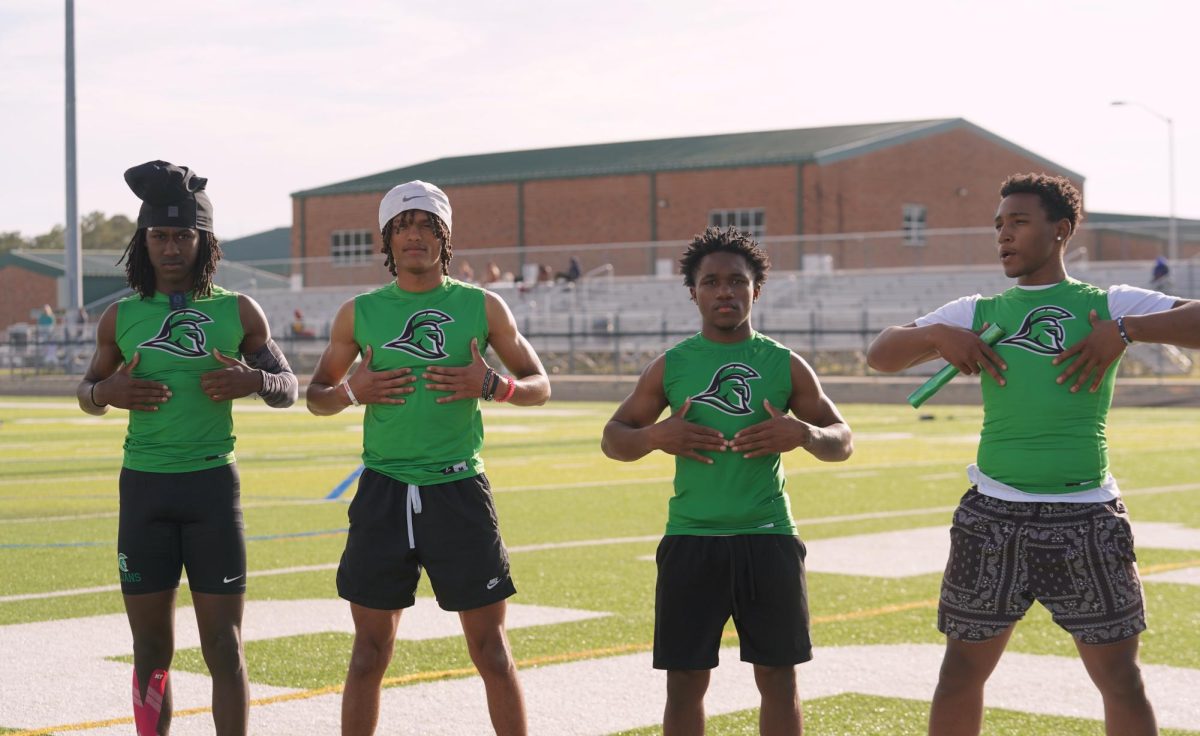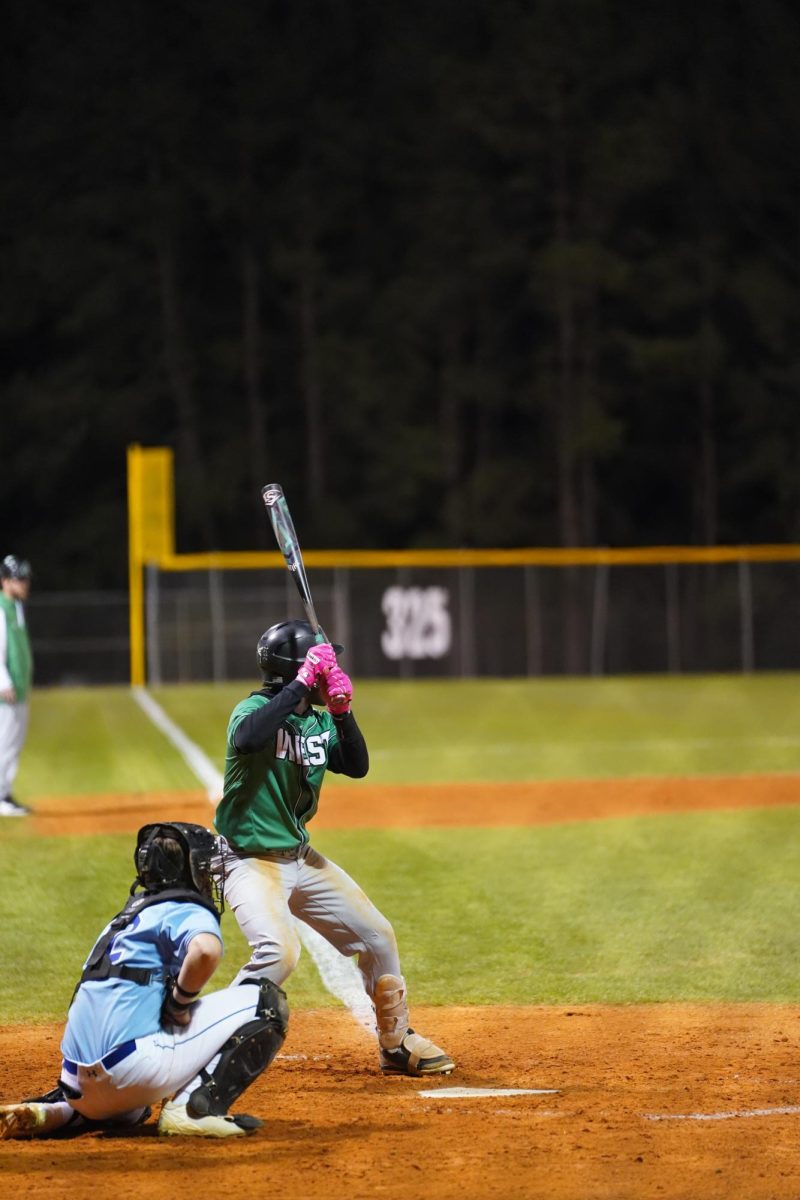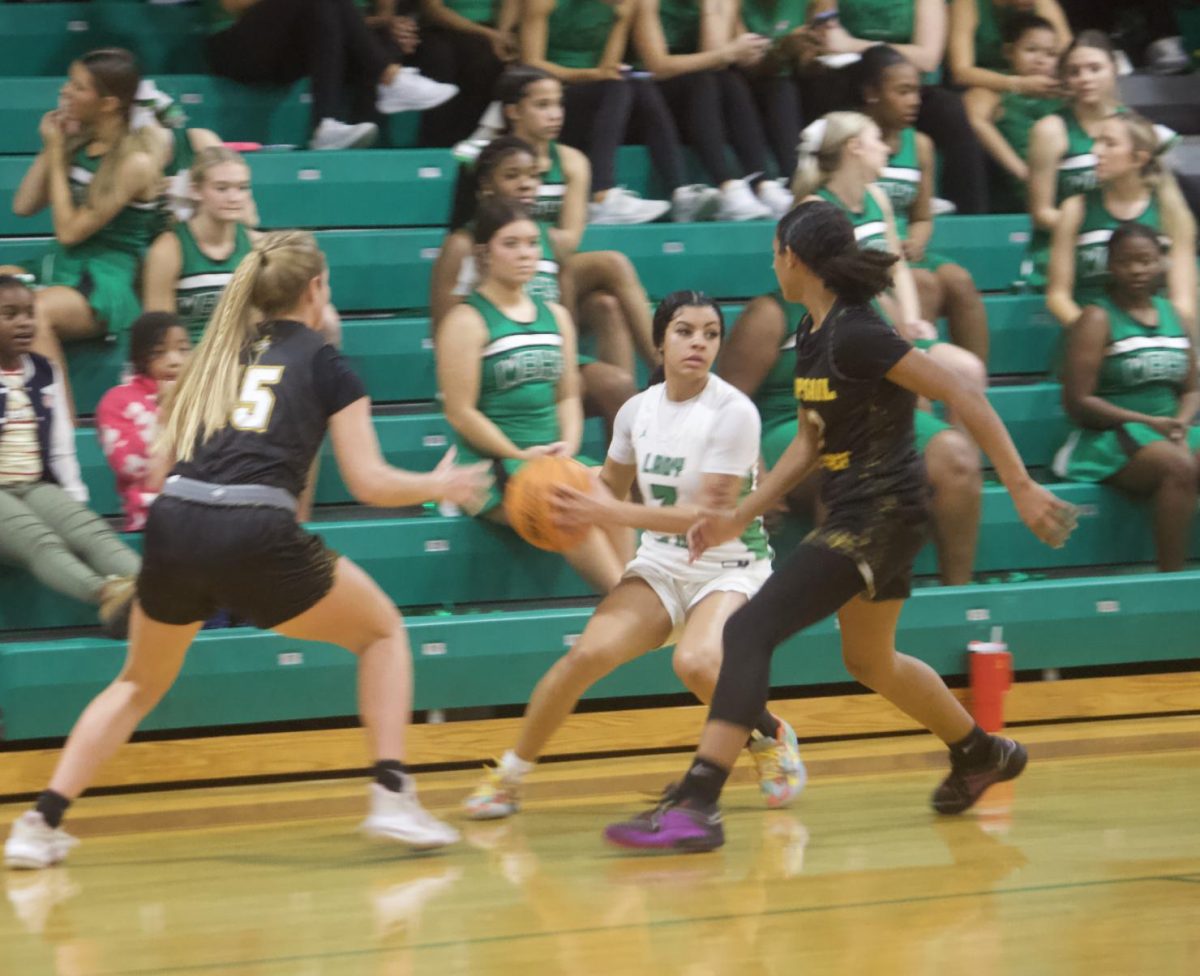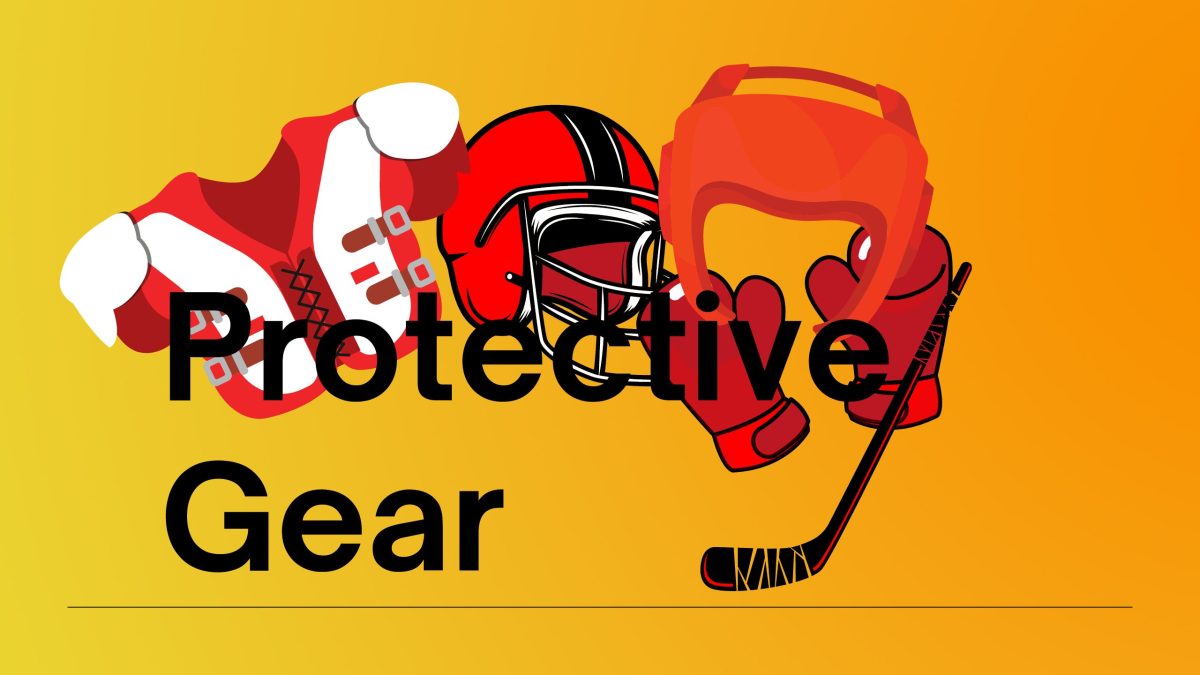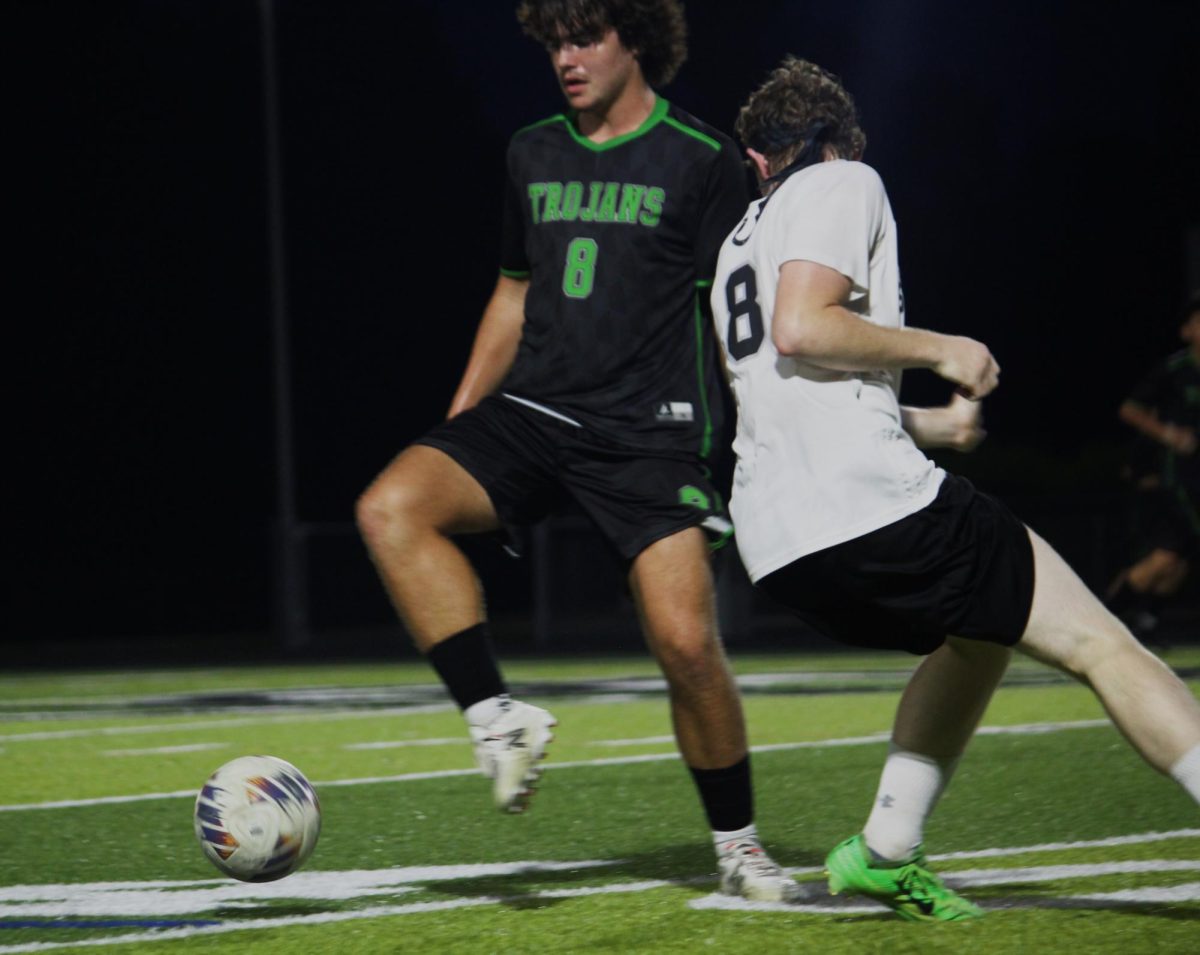Athletes all around the world are frequently getting injuries that may restrict them for the rest of their lives. Injuries can range from a simple sprain all the way to an untreatable brain injury. Protective gear is used for many athletes to help prevent many of these injuries. Sometimes, even with the right gear on, fatal injuries can occur.
A good deal of athletes do not take safety seriously in sports. Typically, they assume that since it’s just a sport that they cannot get seriously hurt. In 2012, more than four hundred, sixty-six thousand football injuries were treated in emergency departments nationwide, including about ten-thousand that resulted in hospitalization.
On October 28th, former NHL player Adam Johnson was aggressively kicked in the neck by another player’s skate. Johnson was immediately taken to the hospital and died there. Hockey fans, friends, and family were disappointed to hear this news and wish that players would have worn neck guards to help prevent things such as that from happening. Before Johnson was killed, neck guards were often dismissed as too hot, too uncomfortable and even not fashionable. After this tragic accident, many coaches and sport professionals are reexamining the safety gear that their players wear. The English Ice Hockey Association is now requiring all players in England to wear neck guards from the start of 2024.
“It is unacceptable for any player to lose their life while playing sports,” said a spokesperson from the EIHA. “Our responsibility is not only to avert the recurrence of such a heartbreaking accident, but also to preemptively address other foreseeable incidents in the future.”
There are all sorts of protective gear for different sports. For example, in football, players are required to wear thigh and knee pads, shoulder pads, mouth guards, helmets, etc., whereas in soccer, only cleats and shin guards are required.
“Different sports, different gear, “ said Trojan alumni Adam Babson. “When I ran track, all I needed was spikes (running shoes), but when I tried to do football, I had to wear a lot more gear because there was more going on in the sport that could cause me to get hurt.”
When picking out the right gear to protect players, coaches and trainers have to put in account the different trials the athletes might run into when playing. In soccer, players need shin guards because they have the chance to be kicked in the shins badly due to the force of the ball being kicked and the sharp bottom of cleats players wear.
After thousands of injuries in sports, and athletes noticing life-long effects of sports injuries from when they were younger, people have been taking more caution in the gear they wear, but protective equipment can only do so much. Many football players have reported neurological effects from numerous concussions they have gotten growing up playing football. So, athletes need to understand the risks and potential dangers of the sport they love.







